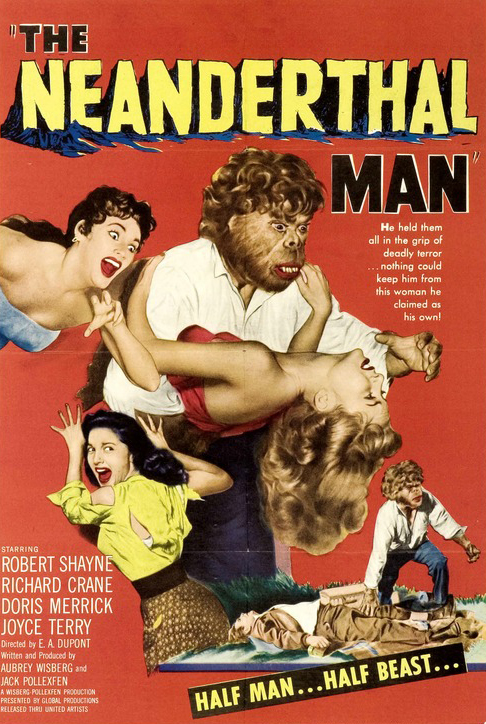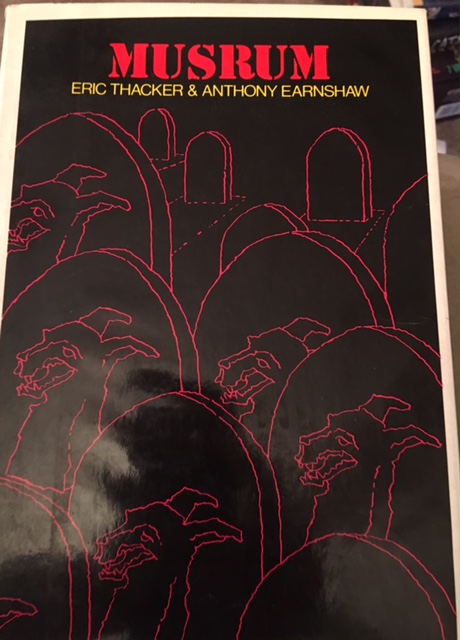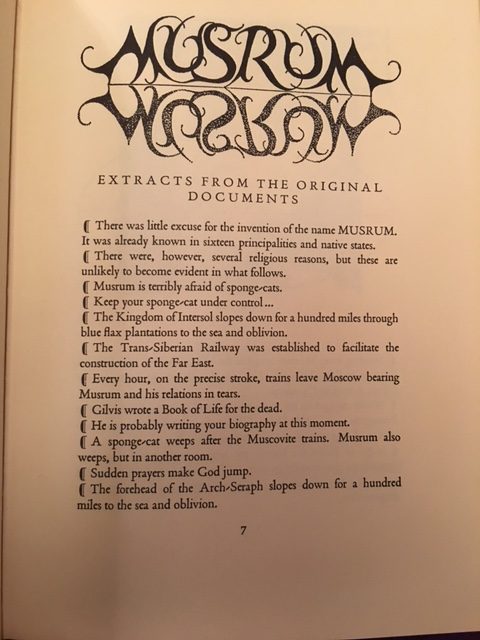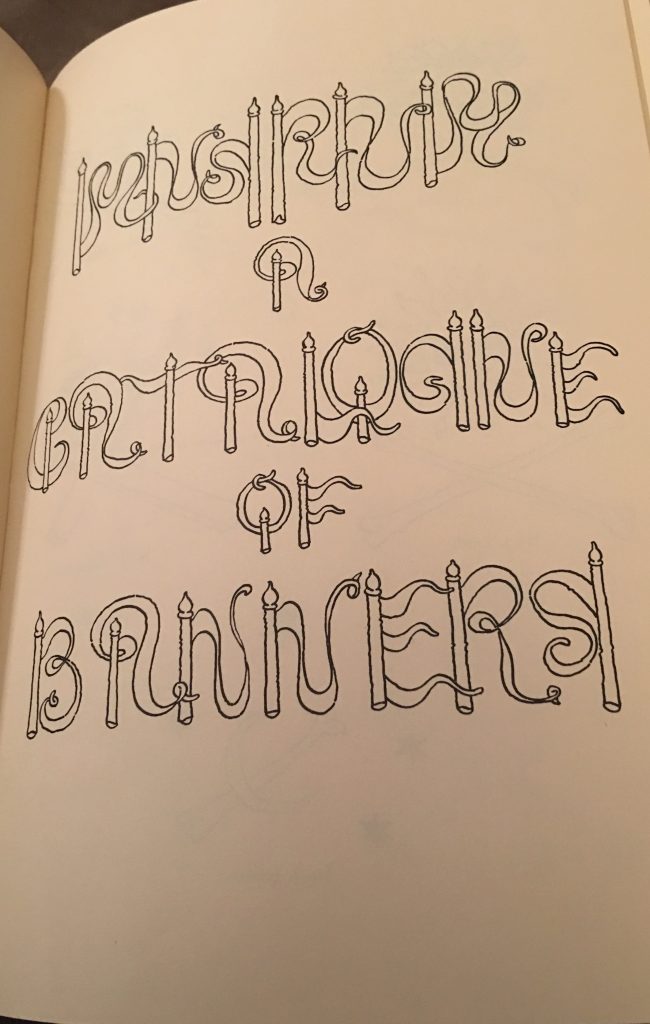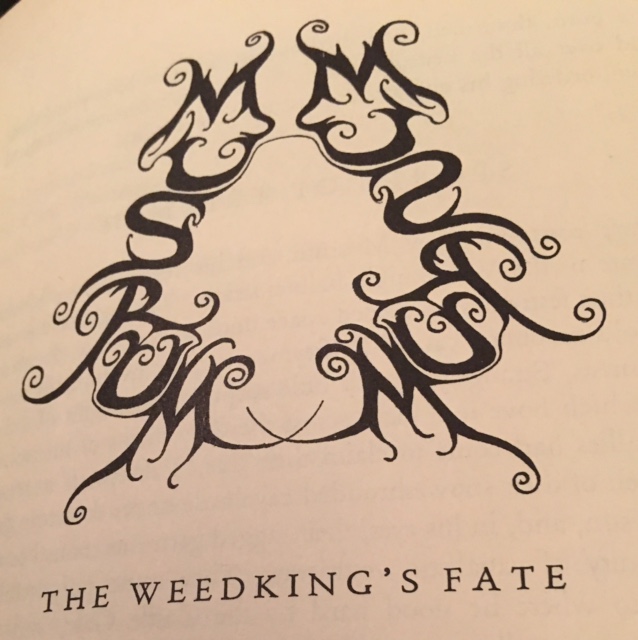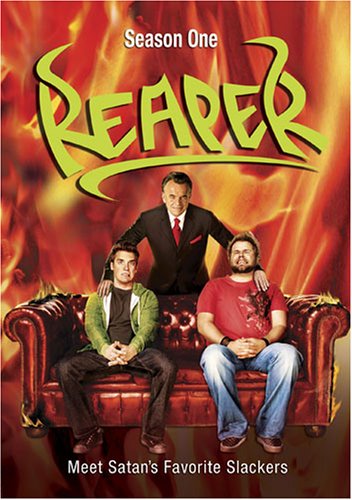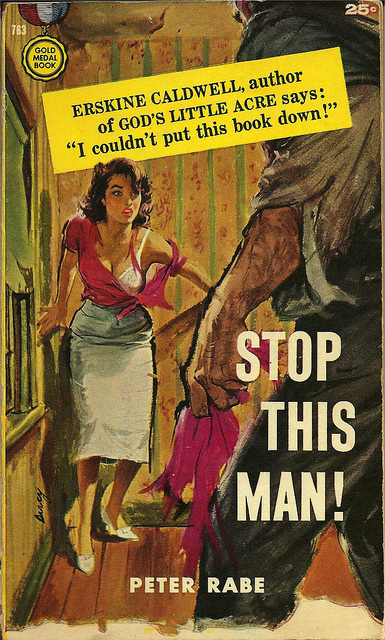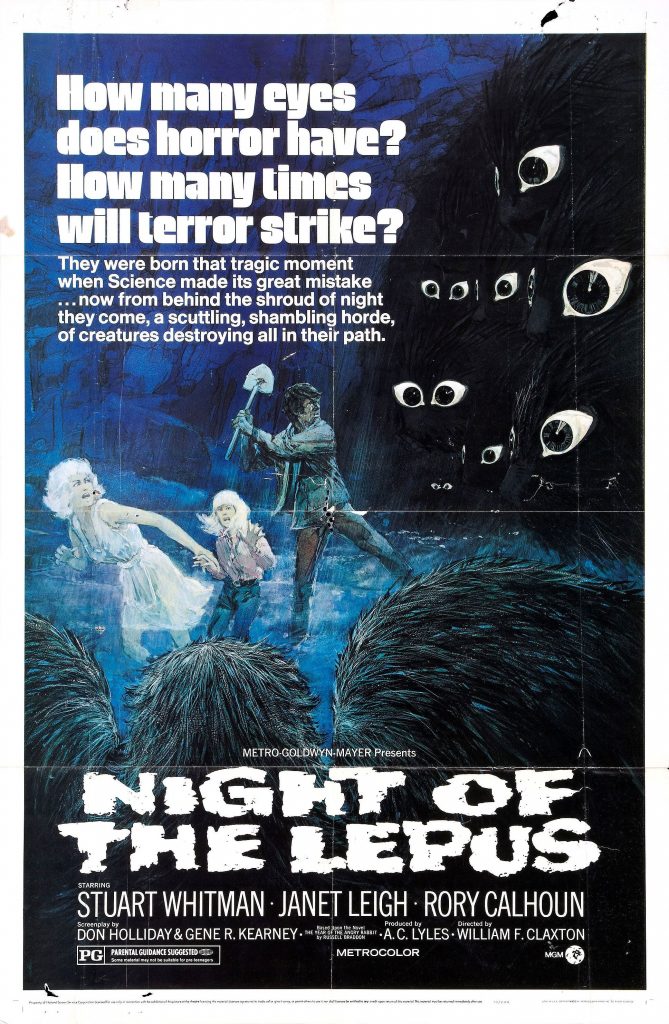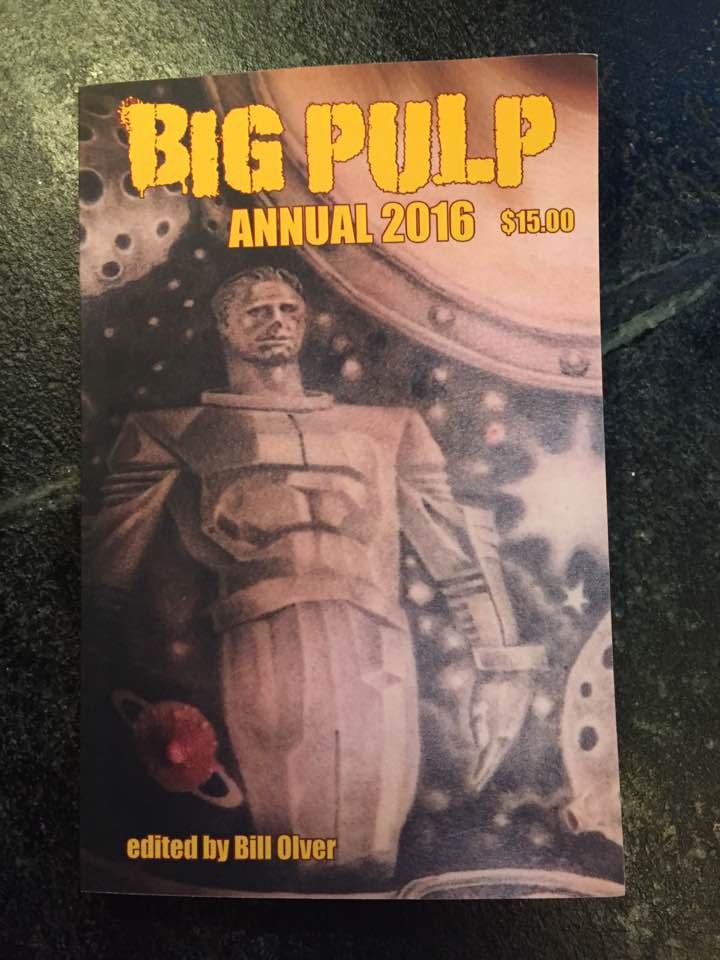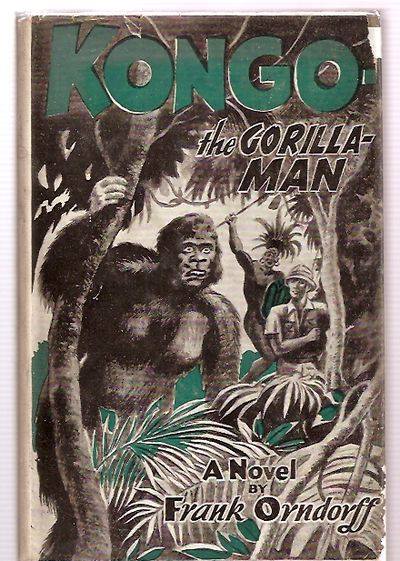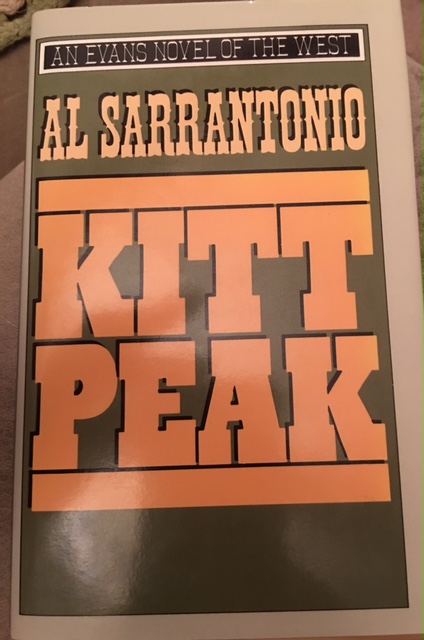
Kitt Peak’s cover isn’t a much of a grabber, but its pages are packed with action.
By Scott A. Cupp
This is the 197th in my series of Forgotten Books.
During my Spring Break this year, Sandi and I met with our friends Ed and Sam who came out to Alpine to see us. Among the many things we did was make a trip to the army post at Ft. Davis, about 25 miles away. That trip made me want to check back in on a previous Forgotten Book.
In February of last year, before I knew I was coming to this area, I wrote about the first book in this series, West Texas, a western mystery novel featuring former buffalo soldier Thomas Mullin who uses the methods of his literary idol, Sherlock Holmes, to solve a crime. The book was amazingly good and should be known by a larger reading group. But being published in hardcover by the minor publisher M. Evans as a Western with a non-descript typographical cover in 1993 does not lead to impulse buying and rave reviews,
Still, I knew Al Sarrantonio and I heard from those in the know that I should get that book. So I did. And when the sequel, Kitt Peak, came out, I picked it up also.
Kitt Peak is not an immediate sequel to West Texas. Thomas Mullin, the hero of the first novel, has inherited his aunt’s home in Boston and some 10 or 15 years have passed. The prejudice he experienced before is still present, though not as overt. Mullins misses the regimen of Army life and his horse. The civilization of Boston is not to his taste.
When he receives a letter from an old friend, Bill Adams, asking for his help in finding a missing daughter, it does not take much effort to start him moving. Knowing he cannot do things alone, he contacts his old companion, Lincoln Reeves, in Birmingham, Alabama, and asks to meet him in Tucson. The two are not quite sure what to expect. Adams was one of the few white men assigned to Ft. Davis and one of the few they both Mullin and Reeves respected.
But all is not sweetness and light in Arizona. Mullin could smell the aroma of alcohol on the letter and saw rings where a drink was placed on the letter. Mullins had heard that Adams had a fondness for drink, and with his daughter missing, it was not a large leap to see that fondness had grown.
The missing girl is half white and half Indian, specifically Papago Indian. The Papago name means “bean eater” and the tribe hates that name. They refer to themselves as Tohona O’otam. They worship the eagle that rules the sky. But the eagle is unhappy with the conduct of the peaceful tribe and begins to demand blood sacrifices. Le Cato is their leader, the Keeper of the Smoke, which includes the use of peyote.
When Mullin arrives, he meets up with the local hotelier, Cates, who has no use for him. The Marshall in town, Murphy, saves him from a bad encounter and tells him that not only is Abby Adams missing, but also her father Bob.
Out in the deserts south of town, Lone Wolf, an Apache leader, has plans for the area that are secret but involve lots of death.
Action swirls through this novel. Mullin and Reeves have bad encounters with the Papago and with miners. Bodies are found. Their guide is unreliable… maybe. And President Teddy Roosevelt is coming to Tucson on his way to California, seeking votes.
I enjoyed Kitt Peak quite a bit. It is short, just 143 pages, and that’s always a plus in my book when I’m trying to get one read and reviewed each week. The writing is crisp and evocative. I got a great feel for the area and the cultures. I like the first book slightly better, but that’s not a criticism of this one. Try to find it and check them both out.
Series organizer Patti Abbott hosts more Friday Forgotten Book reviews at her own blog, and posts a complete list of participating blogs.

